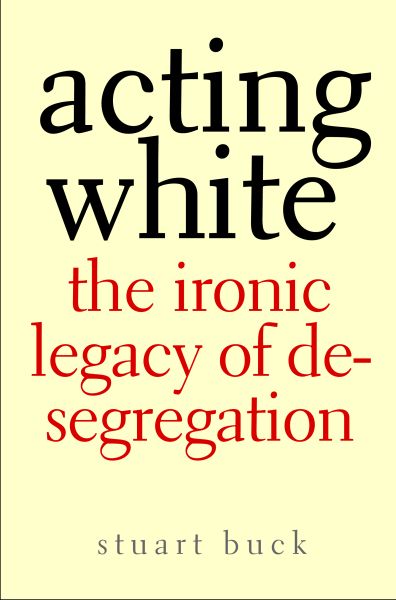New results from FermiLab may explain how it was that anything at all exists. Excerpt:
Physicists at the Fermi National Accelerator Laboratory are reporting that they have discovered a new clue that could help unravel one of the biggest mysteries of cosmology: why the universe is composed of matter and not its evil-twin opposite, antimatter. If confirmed, the finding portends fundamental discoveries at the new Large Hadron Collider outside Geneva, as well as a possible explanation for our own existence.
In a mathematically perfect universe, we would be less than dead; we would never have existed. According to the basic precepts of Einsteinian relativity and quantum mechanics, equal amounts of matter and antimatter should have been created in the Big Bang and then immediately annihilated each other in a blaze of lethal energy, leaving a big fat goose egg with which to make to make stars, galaxies and us. And yet we exist, and physicists (among others) would dearly like to know why.
Now scientists have made some observations that put them onto something huge, including a new dimension of physics that surpass current theories. More:
Neal Weiner of New York University said, “If this holds up, the L.H.C. is going to be producing some fantastic results.”
Nevertheless, physicists will be holding their breath until the results are confirmed by other experiments.
Joe Lykken, a theorist at Fermilab, said, “So I would not say that this announcement is the equivalent of seeing the face of God, but it might turn out to be the toe of God.”

